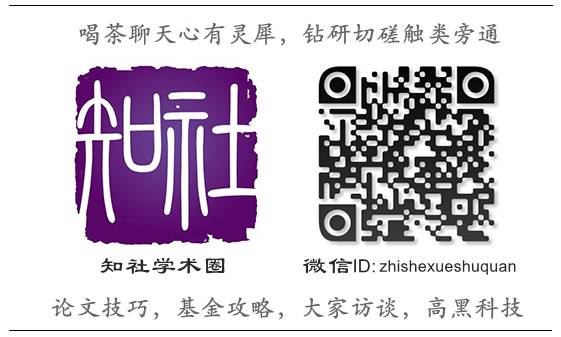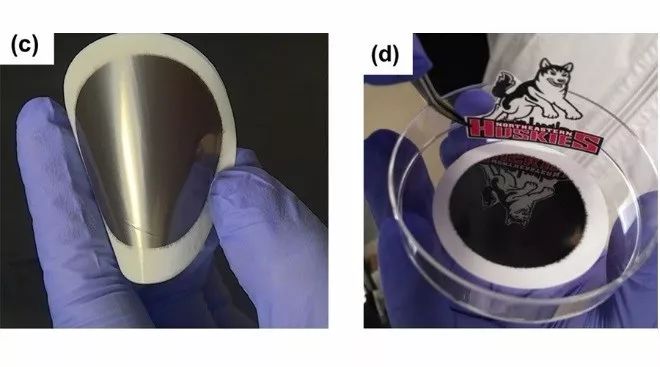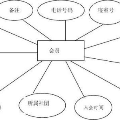二维硫原子层:具有金属性、能导电
海归学者发起的公益学术平台
分享信息,整合资源
交流学术,偶尔风月
在自然界中,硫单质是一种绝缘体。但是一维硫链被证实具有金属性和导电性,然而二维硫属哪种情况,之前的研究都搞不定。来自美国东北大学的朱红丽团队采用密度泛函理论计算得知,夹在MoS2层状结构之间的硫原子由于受到MoS2层与层之间的限制,可排列形成具有二维结构特征的三角形阵列。使得这种杂合结构(由MoS2层和二维硫层交替组成)出现金属相和高导电性。实验测得该杂合结构的电导率高达223 S / m。由于杂合结构的导电性能优异,在无导电添加剂的情况下,电流密度(小于30,000 mV/s时)与扫描速率成线性相关。采用这种杂合结构作为电极,双电极超级电容器电池在离子液体电解质中的功率密度为106 Wh/kg,能量密度达到47.5 Wh/kg。该研究结果为采用二维材料及其范德华力异质结构作为纳米模板,来预测和设计外来原子的全新材料性质提供了新的方法。该文近期发表于npj Computational Materials 3: 41 (2017); doi:10.1038/s41524-017-0041-z; 标题与摘要如下,论文PDF文末点击阅读原文可以获取。
Metallic and highly conducting two-dimensional atomic arrays of sulfur enabled by molybdenum disulfide nanotemplate
(通过二硫化钼纳米模板激活而具有金属性和高导电率的二维硫原子排布)
Shuze Zhu, Xiumei Geng, Yang Han, Mourad Benamara, Liao Chen, Jingxiao Li, Ismail Bilgin & Hongli Zhu
Element sulfur in nature is an insulating solid. While it has been tested that one-dimensional sulfur chain is metallic and conducting, the investigation on two-dimensional sulfur remains elusive.We report that molybdenum disulfide layers are able to serve as the nanotemplate to facilitate the formation of two-dimensional sulfur. Density functional theory calculations suggest that confined in-between layers of molybdenum disulfide, sulfur atoms are able to form two-dimensional triangular arrays that are highly metallic. As a result, these arrays contribute to the high conductivity and metallic phase of the hybrid structures of molybdenum disulfide layers and two-dimensional sulfur arrays. The experimentally measured conductivity of such hybrid structures reaches up to 223 S/m. Multiple experimental results, including X-ray photoelectron spectroscopy (XPS), transition electron microscope (TEM), selected area electron diffraction (SAED), agree with the computational insights. Due to the excellent conductivity, the current density is linearly proportional to the scan rateuntil 30,000 mV s−1 without the attendance of conductive additives. Using such hybrid structures as electrode, the two-electrode supercapacitor cells yield a power density of 106 Wh kg−1and energy density~47.5 Wh kg−1 in ionic liquid electrolytes. Our findings offer new insights into using two-dimensional materials and their Van der Waals heterostructures as nanotemplates to pattern foreign atoms for unprecedented material properties.
本文系网易新闻·网易号“各有态度”特色内容
欢迎广大学者供稿,报道最新研究成果
service@scholarset.com 或微信ID: scholarset
回复“目录”或“分类”,浏览知社更多精华。长按二维码识别,可以关注/进入公众号进行回复。







